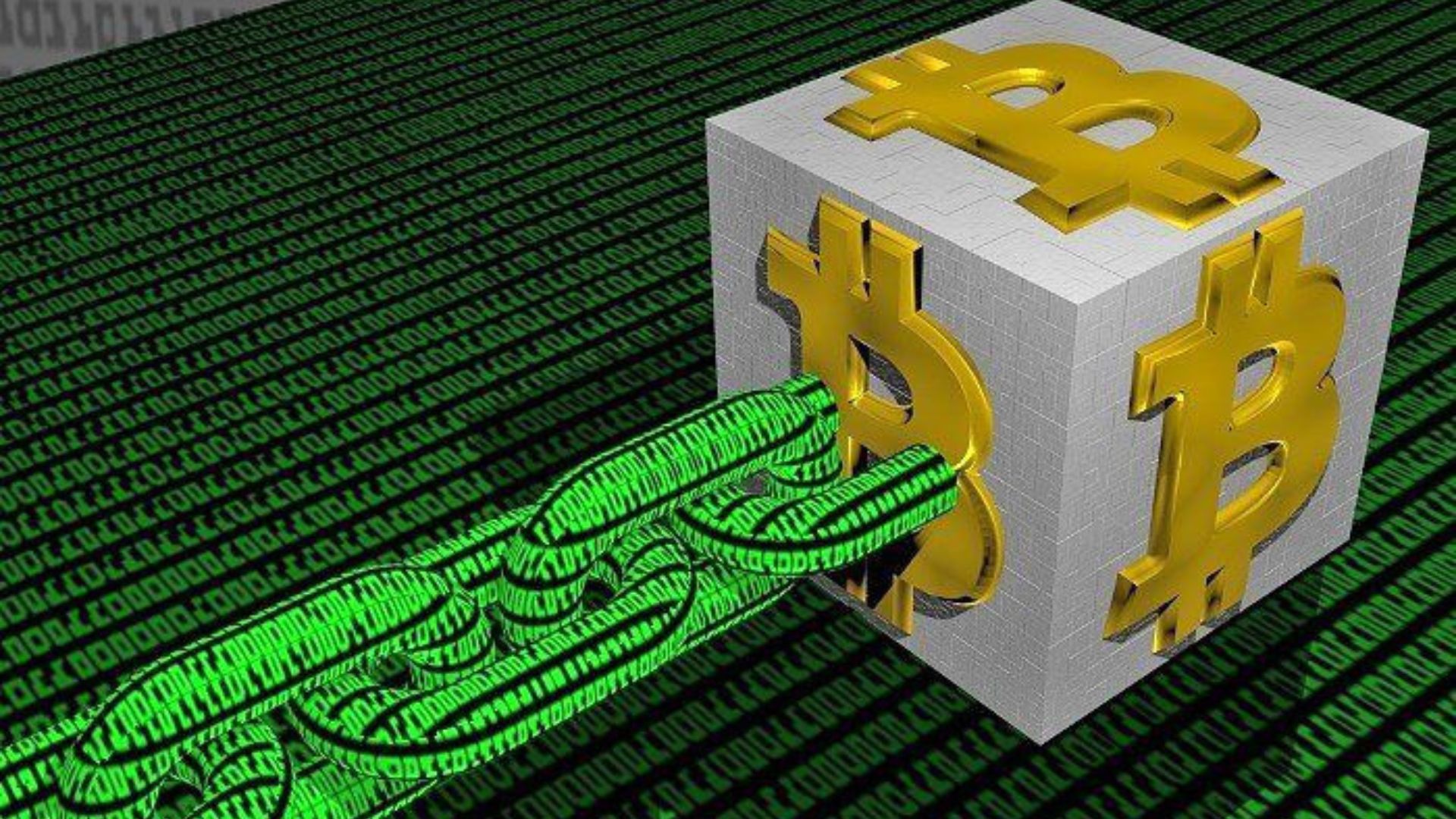The Bitcoin Blockchain and How It Operates

The Bitcoin Blockchain and How It Operates. The original digital asset of the Bitcoin network, bitcoin (BTC), is recorded by the Bitcoin network’s distributed public ledger, which keeps track of ownership and transactions. The name “blockchain” comes from the fact that, as transactions occur over the network, the relevant data is organized into “blocks” and added to the network’s continuous linear chain of blocks in a specific order.
The blocks that comprise the continuing sequence of transactions on the blockchain are desired to be substantially identical. Two pieces of information essential to the network’s correct operation and capacity to move value are contained in each block: the block header and transaction data. In addition, for the network to identify and authenticate each block before adding it to the blockchain, the blocks must include precise metadata.
The overall structure of a Bitcoin block always includes the following elements:
-
Magic number: This 4-byte field always contains the value 0xD9B4BEF9, indicating that the file format adheres to a data structure corresponding to the Bitcoin network.
-
Blocksize: This 4-byte field sets a cap on the data contained in a block. The Bitcoin block size is limited to one megabyte (MB).
-
Block header: This 80-byte field consists of six individual components, discussed in more detail below.
-
Transaction counter: This field can range in size from one to nine bytes and is a positive integer representing the number of transactions in the Bitcoin block.
-
Transactions: This variable size field contains the list of all transactions in the block and is typically filled with enough transactions to fill the 1MB Bitcoin block size limit.
While we will go into more depth about the components of each block later on, the two primary types of data included in each block are the block header and the transaction data.
Bitcoin Block Headers and Mining

A distributed public ledger of all Bitcoin transactions is vital to the Bitcoin network and is maintained by a decentralized network of nodes. To safeguard the network and verify the legitimacy of new blocks and the transactions they contain, network nodes can also participate in a process known as mining. Validating the authenticity of data included in a proposed block is of utmost importance to miners because adding new blocks to the blockchain is their job. As a result of the six new blocks added to Bitcoin every hour, the average block duration is ten minutes.
The block header contains 80 bytes of cryptographically verifiable information:
-
Version: This 4-byte field indicates the version number of the Bitcoin protocol being used and typically contains the value “1.”
-
hashPrevBlock: This 32-byte field contains a 256-bit hash of the previous block header.
-
hashMerkleRoot: This 32-byte field contains a 256-bit hash of the Merkle tree root of all the transactions in the current block.
-
Time: This 4-byte field contains a timestamp of the current block used to situate it chronologically in the blockchain.
-
Bits: This 4-byte field contains the target difficulty of the current Bitcoin block, which determines how difficult the target hash will be to find.
-
Nonce: This 4-byte field contains a 32-bit number that a miner must alter to solve the computational puzzle for the current block correctly.
The Proof-of-Work (PoW) challenge is computationally hard, and Bitcoin miners compete to solve it. The SHA-256 method must be used to “haste” all of the network’s transactions and data from the previous block, specifically the block header, to solve the problem. A prize of freshly created Bitcoins is given to the miner who solves this puzzle first, allowing them to produce a new block.
In summary, hashing is an algorithm that hashes recent transaction data and the block header. Using this information, a miner must predict a “nonce” number that matches a Bitcoin protocol-predetermined result in an SHA-256 hash. Mining is all about guessing nonces quickly. Miners tell other miners when they hit a specific output level. This lets them hash the new block with their nonce and confirm the solution. Miners must unanimously add a block to the blockchain and receive the block reward. This needs 51% or more miners. Every 10 minutes, the Bitcoin network adds blocks and grows the data chain.
You can look at its height to find out how many blocks are before a given Bitcoin block. Take Bitcoin as an example; in 2024, at a block height of 840,000, there will be another halving of mining payouts. Put another way, 840,000 blocks added to the Bitcoin protocol since the Genesis block 2009 will constitute this milestone.
Transaction Data Within a Bitcoin Block

Most information within the blockchain block data structure comprises transaction data, the other primary component of a Bitcoin block. A generation transaction sometimes called a coinbase transaction (not to be confused with the cryptocurrency exchange Coinbase), is the first transaction in each new block. Bitcoin Blockchain: It is responsible for creating new Bitcoins (BTC) as part of the block reward for the successful miner. The addresses eligible for the block reward are clearly specified in this initial transaction.
A generation transaction creates new Bitcoins directly from the protocol, as opposed to a Bitcoin transaction’s usual input/output format. Transaction amounts in Bitcoin (BTC), addresses of the parties involved, timestamps that cryptographically prove when each transaction happened, and private key signatures that authorize the sending of BTC make up the remaining data in a block. Previously, we established that one megabyte (MB) was the historical limit for Bitcoin block size. While expanding block space for transaction data, the Bitcoin network also offers a “Segregated Witness” (SegWit) feature that allows transaction signature data to be segregated and assembled efficiently. This keeps the block size at one MB.
For each transaction, the following data is included:
-
Txin_count: This indicates the total number of transaction inputs.
-
Txins: This contains a list of all transaction inputs.
-
Txout_count: This indicates the total number of transaction outputs.
-
Txouts: This contains a list of all transaction outputs.
-
Script_witnesses: This serializes all the witness data for SegWit transactions.
-
Lock_time: This 4-byte field sets the block number or timestamp until the transaction is locked. It is typically set to zero, meaning the transaction becomes valid immediately after the block is finalized.
The following transaction data is only included in SegWit transactions:
-
Version: This 4-byte field indicates the version number of the Bitcoin protocol being used and typically contains the value “1.”
-
Marker: If present, this 1-byte field indicates that the transaction uses SegWit and contains the value “0x00.” If the transaction does not use SegWit, this field contains the “null.”
-
Flag: If present, this 1-byte field also indicates that the transaction uses SegWit and contains the value “0x01.” If the transaction does not use SegWit, this field contains the “null.”
By including transaction fees in their blocks, miners compete to create new Bitcoin blocks, and senders broadcast their transaction data to the network.
The Future of Bitcoin Block Production
A straightforward and sophisticated method of creating new blocks and ensuring the integrity of the network is the backbone of Bitcoin’s blockchain implementation. While this analysis focuses on the Bitcoin blockchain, many other proof-of-work networks have a data format similar to the Bitcoin blockchain. In general, the miners, blocks, and blockchain architecture systems are identical throughout all networks; however, there may be some changes, such as differing block sizes or block timings.





